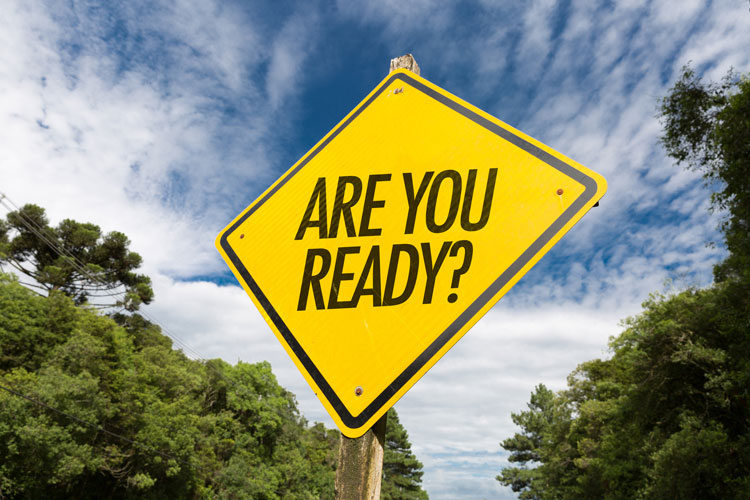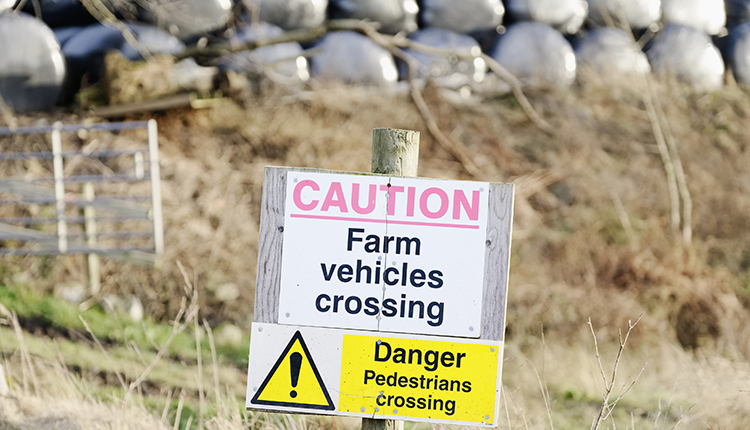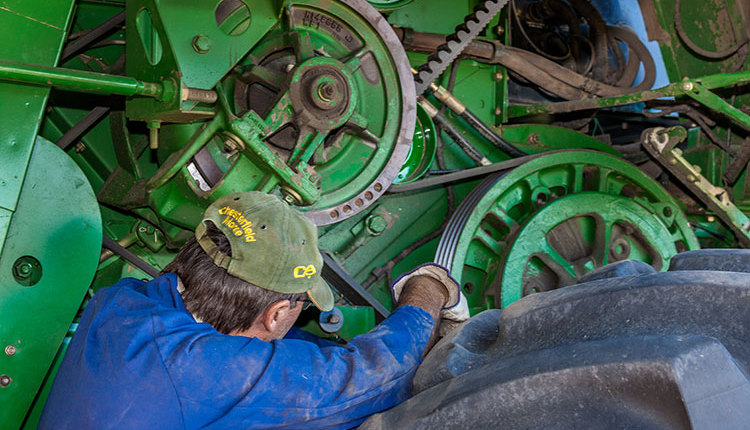
With the coming of the new year, how many times have you heard or thought, “Thanks goodness 2020 is over”?
It was indeed a strange year — a global pandemic with COVID-19 impacting people who work on farms and in the food industry. There was uncertainty in global and national politics, policy, and the economy. Many parts of the country faced intense weather events.
With vaccines soon available for all who want them and other sources of hope, it is good to take a deep breath and look backward in time. However, one thing is certain — in agriculture, seemingly strange and unpredictable things will happen in the future.
Agriculture is unique
We are dependent on the weather, and animal and crop production are complex with thousands of variables that impact the herd’s biology and productivity. Unlike a widget factory, you cannot just walk away and shut the doors for a couple weeks if something unusual happens. So, planning for the “unexpected” is important!
We learned of our vulnerability in 2020, and while we would hope that the next pandemic won’t happen for several more decades, every farm operation should expect the unexpected. This could include storms, a widespread power outage, a computer network failure, or the loss of a family member or worker due to an injury or illness.
Being prepared and having a plan is critical. The difference between a painful event that can be overcome and a disaster that causes ruin for a business is often how prepared you are!
Developing a preparedness plan for a farm might seem daunting. It does not need to be. We often talk about “all hazards” planning in the case of severe storms, fires, floods, injury, or even computer failure.
Start simple
Together, as a family or with a small team on your farm, pick an event that could occur that might have bad consequences. Maybe it’s a massive storm that causes widespread power outages and interrupts delivery and pickup of product such as milk for a week.
When you plan for one specific type of event, you’ll find the planning “process” has value across other categories of events as you identify the consequences and actions that minimize impact.
So, pick an event. Then, as a team, spend a half hour using your imaginations to talk about the direct impacts that would be likely and also the ripple effects. Doing this as a team will allow you to think through those unintended consequences. Now, consider those primary and secondary impacts and determine:
- Who would we need to communicate with rapidly and who might be our biggest sources of assistance and support? That support may come from the local fire department, insurance company, electrician, veterinarian, or ag suppliers. Keep a log of these people and develop at least two specific ways to contact them. Make sure this information is communicated to all, including family members.
- What supplies, equipment, and other resources might be needed to respond? Consider the need for generators, first aid supplies, fuel, a backup computer, water and food for the family, and even personal protective equipment (PPE). Dedicate a safe, secure place to store emergency supplies. This supply can be built up over time but should also be rotated or replenished often — and be careful not to “part it out.” It can be very tempting to use your emergency supplies for daily use.
- Consider the selected “event” for which you are planning — outline the specific actions and steps for the first few days. Write these down. Share them. If you have employees, include this information when you do training.
What you will find in doing these three steps is that if you plan for one event, such as a storm or power outage, the information you compile is useful for other events. After spending a few hours thinking about and working on a response plan, you may choose to revisit it a few months later, thinking through the same steps with another anticipated hazard. This will allow you to tweak and build your capacity to respond. The value of planning is the “process” — we should think about these things before they occur, not after. Preparedness planning will give you the confidence and ability to successfully weather any future “2020” if . . . or when . . . it happens.








